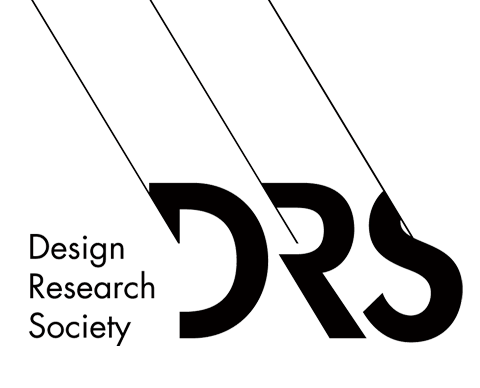Abstract
This exploratory paper is a critique to rationalistic driven design practices that excludes voices and damages the planet we share with other beings. Rationalism is implicated in the unprecedented climate change the world is suffering, which serves as the backdrop for the paper. The authors propose an alternative approach in a relational design framework of being—in-place, in-time, and in-networks—as a prompt for reflection and opening the views on how design affects its surroundings. Engaging with various scholars, the paper reflects on the necessity for design and designers to slow down, interact, be fully present, engage their senses, respect their surroundings, and strive for understanding. By doing so, we can design for the future within the present, both through and for being.
Keywords
Rationality, Relationality, Design, Being, Pluralism, More-than-human
DOI
https://doi.org/10.21606/nordes.2025.66
Citation
Åhlén, M.,and Rohdin, J.(2025) Resisting Rationality and designing for being: in place, in time, and in networks, in Morrison, A., Culén, A. & Habib, L. (eds.), Nordes 2025: Relational Design, 6-8 August, Oslo, Norway. https://doi.org/10.21606/nordes.2025.66
Creative Commons License

This work is licensed under a Creative Commons Attribution-NonCommercial 4.0 International License
Conference Track
Exploratory Papers
Included in
Resisting Rationality and designing for being: in place, in time, and in networks
This exploratory paper is a critique to rationalistic driven design practices that excludes voices and damages the planet we share with other beings. Rationalism is implicated in the unprecedented climate change the world is suffering, which serves as the backdrop for the paper. The authors propose an alternative approach in a relational design framework of being—in-place, in-time, and in-networks—as a prompt for reflection and opening the views on how design affects its surroundings. Engaging with various scholars, the paper reflects on the necessity for design and designers to slow down, interact, be fully present, engage their senses, respect their surroundings, and strive for understanding. By doing so, we can design for the future within the present, both through and for being.

